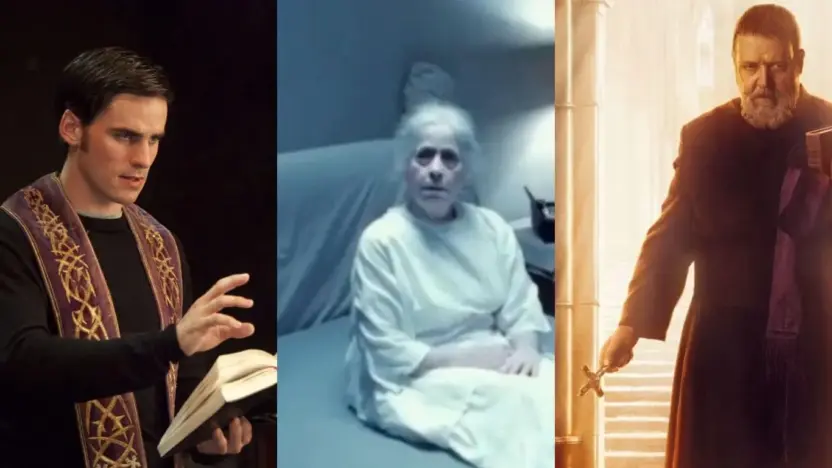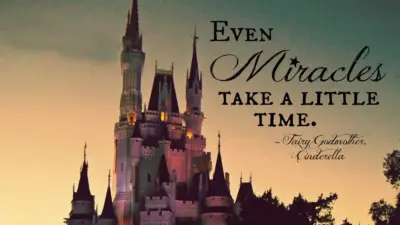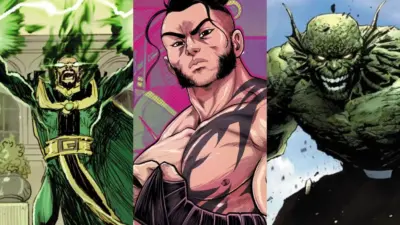When it comes to the horror genre, few topics are as terrifyingly captivating as the battle between good and evil manifesting through exorcism. The theme taps into our most primal fears, confronting us with the dark recesses of human consciousness and the spiritual world. Over the years, the cinematic landscape has been littered with a myriad of films that tackle this nerve-wracking subject, but only a select few have managed to send shivers down our spines while holding their ground as genuinely compelling storytelling. In this article, we will unveil our picks for the “Top 10 Exorcism Movies of All Time”.
Top 10 Exorcism Movies of All Time
“The Exorcist” (1973)

First on our list is “The Exorcist” (1973), directed by William Friedkin and adapted from William Peter Blatty’s 1971 novel, is a landmark in the horror genre, often touted as the definitive exorcism film. The story centers on 12-year-old Regan MacNeil, who starts to exhibit inexplicable, malevolent behavior. After exhausting medical options, her desperate mother seeks the help of two priests for an exorcism.
The film delves into the harrowing spiritual battle that ensues, confronting viewers with terrifying visuals and existential questions about good, evil, and faith. Bolstered by an unforgettable performance from Linda Blair as Regan, and aided by Ellen Burstyn, Max von Sydow, and Jason Miller, the film shocked audiences with its graphic scenes and psychological depth. Its impact is such that it remains a cultural touchstone, influencing countless films and discussions around the supernatural.
“Rosemary’s Baby” (1968)
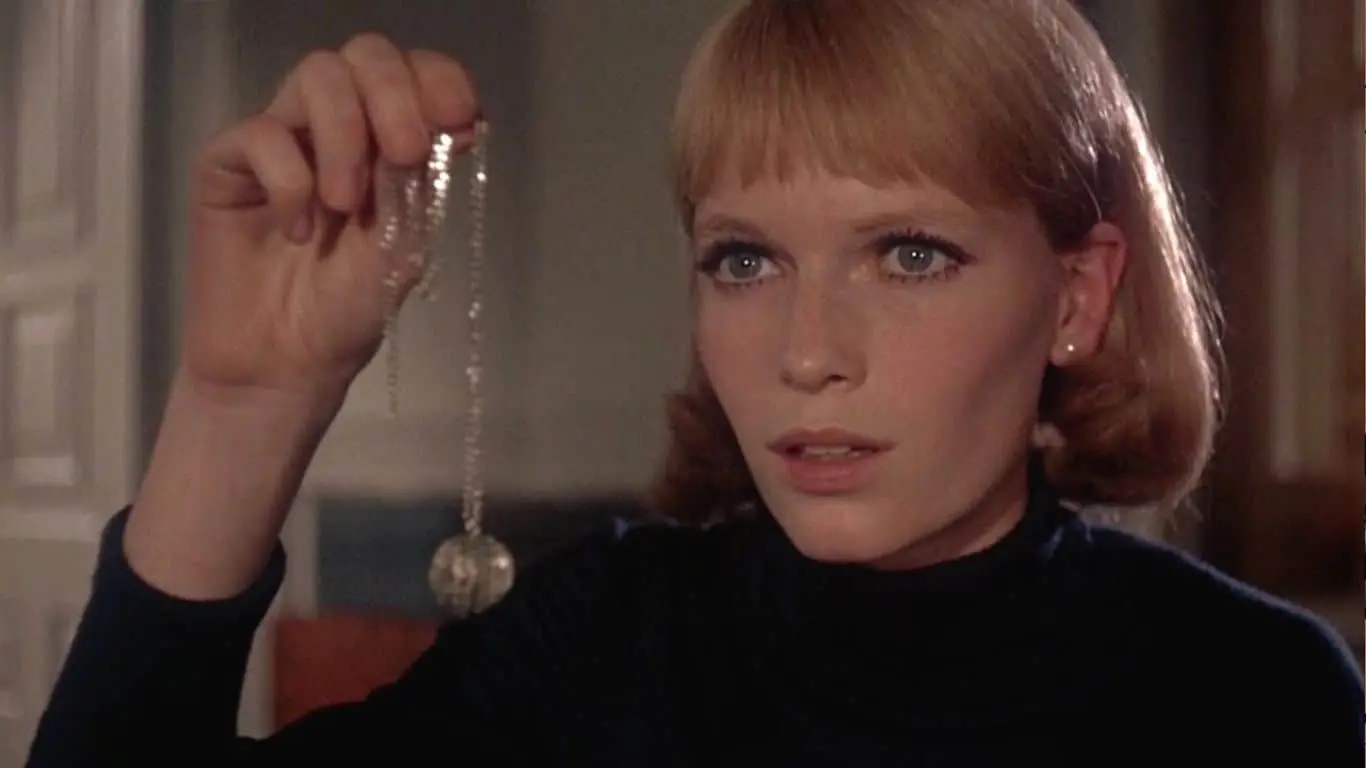
The story revolves around Rosemary Woodhouse, played by Mia Farrow, who moves into a New York City apartment with her husband. Soon after becoming pregnant, she becomes increasingly suspicious of her enigmatic neighbors and concerned about her unborn child. The movie masterfully builds tension and paranoia, blurring the lines between reality and supernatural horror. Its influence extends beyond the horror genre, serving as a commentary on the vulnerabilities and societal pressures faced by women, particularly during pregnancy.
“The Omen” (1976)
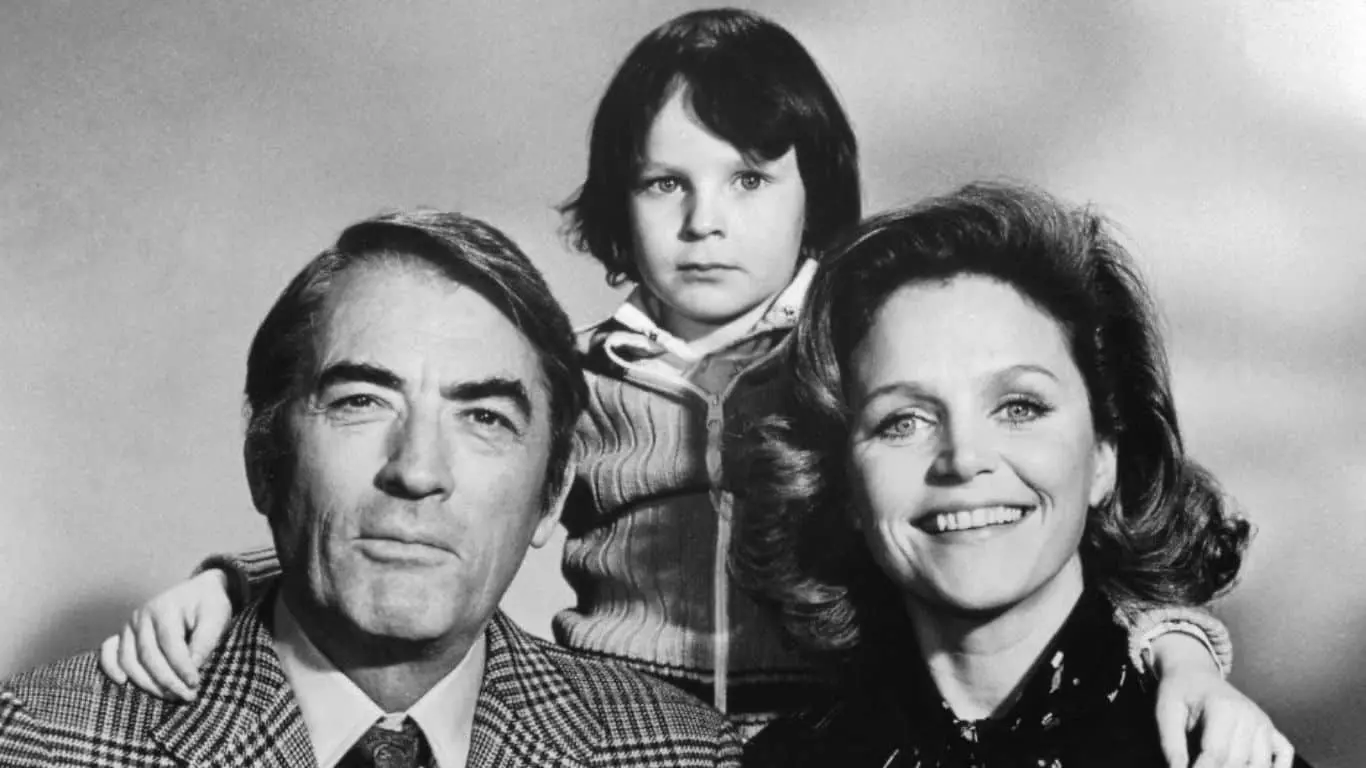
Focused on the life of Damien Thorn, a young boy suspected to be the Antichrist, the film taps into the universal fear of evil incarnate. When a series of eerie and fatal events occur, his adoptive parents, played by Gregory Peck and Lee Remick, begin to grapple with the horrifying possibility that their son is not just abnormal, but diabolical. The film is underscored by Jerry Goldsmith’s haunting score, which won an Academy Award and elevates the tension to unbearable heights.
“The Conjuring” (2013)
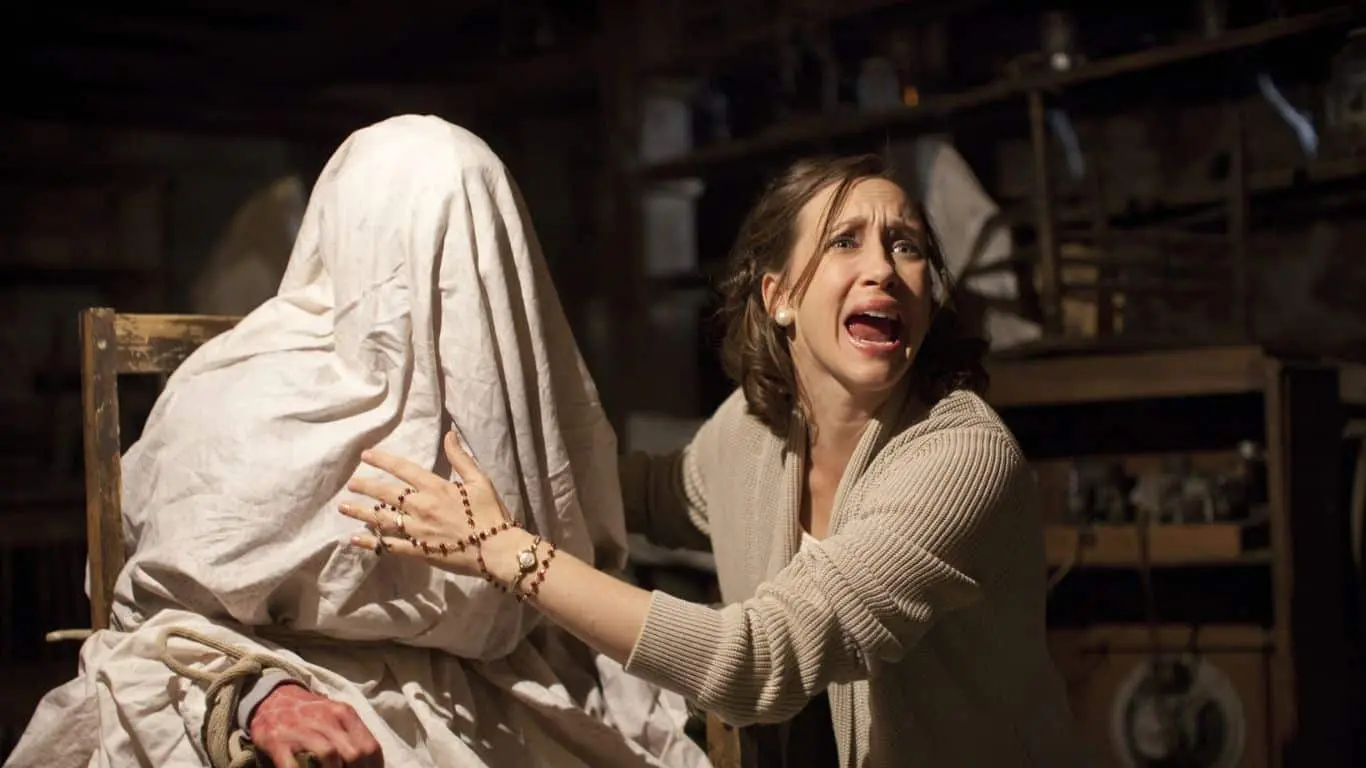
Based on the real-life investigations of paranormal experts Ed and Lorraine Warren, played by Patrick Wilson and Vera Farmiga, the film chronicles the harrowing experiences of the Perron family in their Rhode Island home. With a keen eye for atmospheric tension and suspense, Wan masterfully utilizes classic horror elements like creaking doors, flickering lights, and unsettling silences to create a sense of impending doom.
The film eschews excessive gore and cheap jump scares in favor of a more psychologically nuanced approach. This makes the eventual confrontations with demonic forces all the more terrifying. A commercial and critical success, “The Conjuring” led to a cinematic universe that includes sequels and spin-offs, but the original stands as a modern horror masterpiece that effectively balances scares with compelling storytelling.
“Hereditary” (2018)
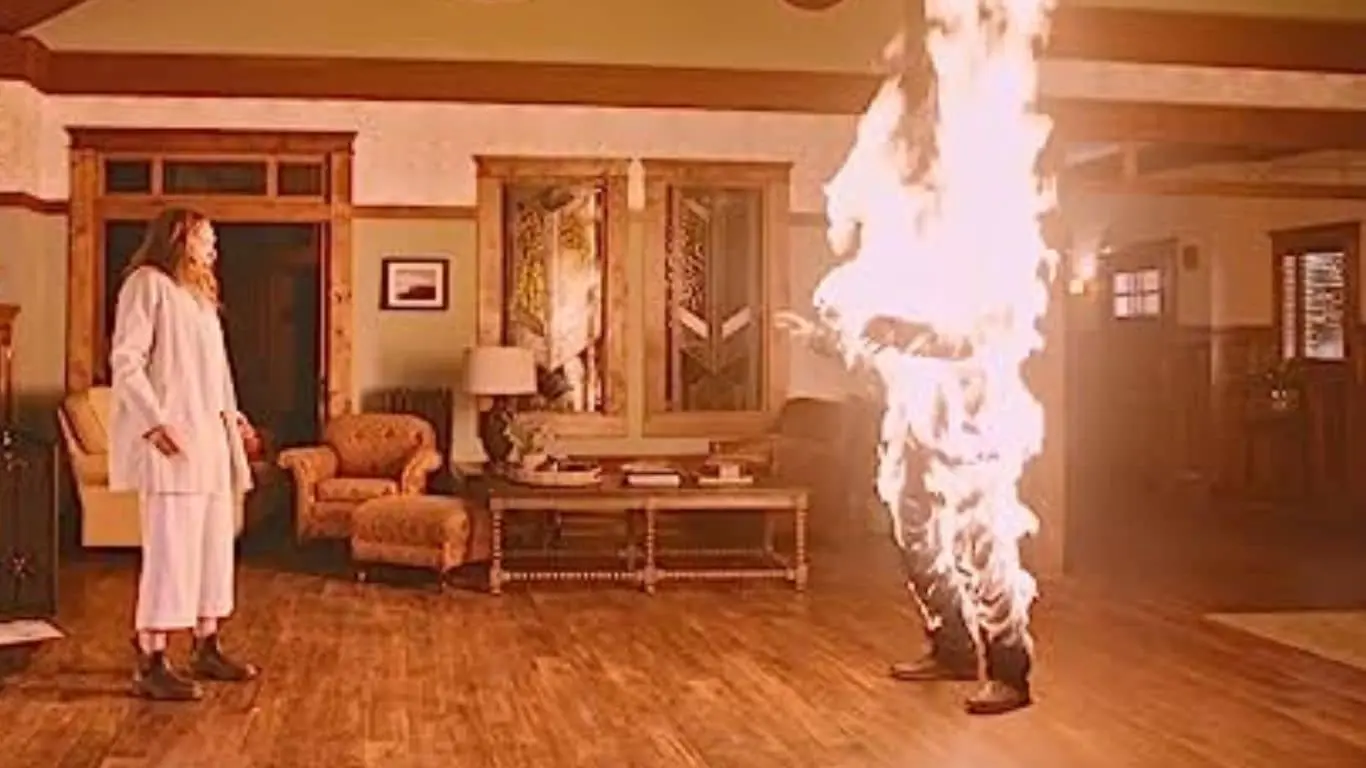
What initially appears as a study in grief morphs into a terrifying tale of demonic possession and dark family secrets. Aster’s meticulous direction, combined with Collette’s riveting performance, draws the viewer into a web of escalating dread. The film also takes creative risks with its narrative structure, incorporating unsettling visuals and nuanced performances to challenge conventional horror tropes. Unlike traditional exorcism movies, “Hereditary” focuses on the insidiousness of inherited trauma, both emotional and demonic, rendering it a deeply unsettling experience that lingers long after the credits roll.
“The Last Exorcism” (2010)
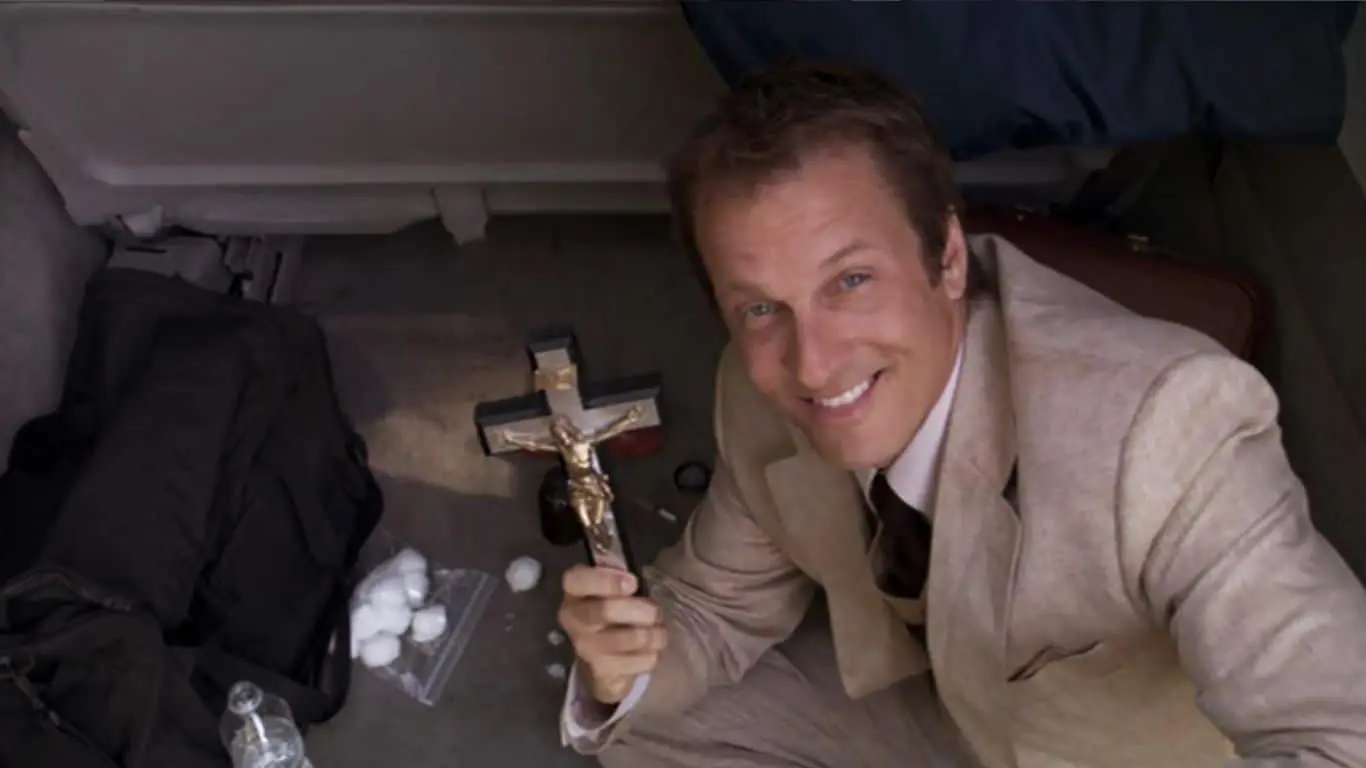
The film centers on Reverend Cotton Marcus, a disillusioned minister who agrees to perform one final exorcism, allowing a documentary crew to expose the practice as a sham. However, when they arrive at the rural Louisiana farm of Nell Sweetzer, the team confronts events that defy scientific explanation and make them question their skepticism. The found-footage approach lends an air of authenticity, amplifying the tension and capturing the unnerving nuances of demonic possession.
While the film features fewer special effects compared to other entries in the genre, its minimalist approach actually adds to the terror, making the viewer question what is real and what is manipulation. “The Last Exorcism” stands out for its meta-commentary on belief, doubt, and the power of suggestion in the realm of the supernatural.
“The Rite” (2011)
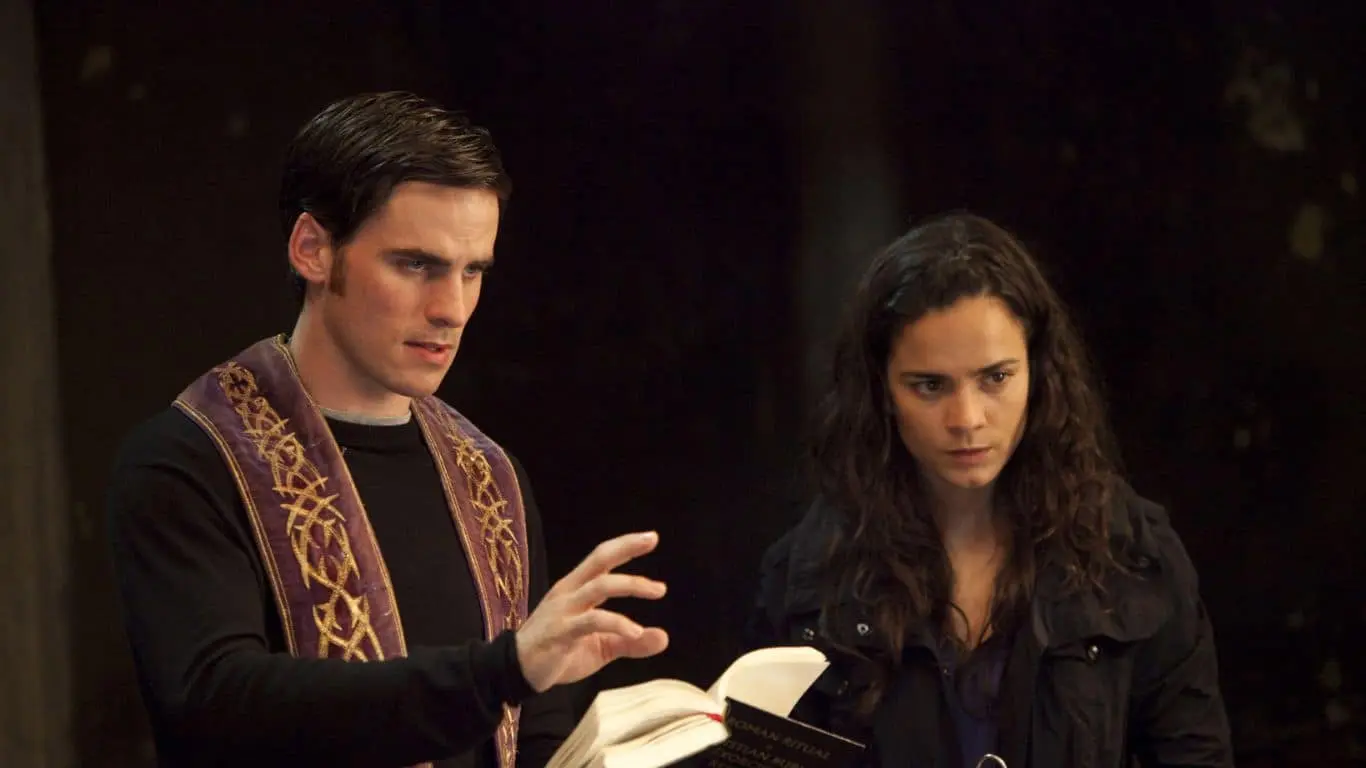
Inspired by true events and based on the book by Matt Baglio, the movie follows a young seminary student named Michael, played by Colin O’Donoghue, who is sent to Rome to study exorcism. Skeptical and unsure, he meets Father Lucas, portrayed by Hopkins, an experienced exorcist who becomes his mentor. As they confront increasingly disturbing cases, Michael’s doubts and fears are challenged, forcing him to reconsider his own beliefs. The film stands out for its nuanced approach to the subject of exorcism, avoiding over-the-top theatrics in favor of a more grounded representation of spiritual warfare.
“Paranormal Activity” (2007)
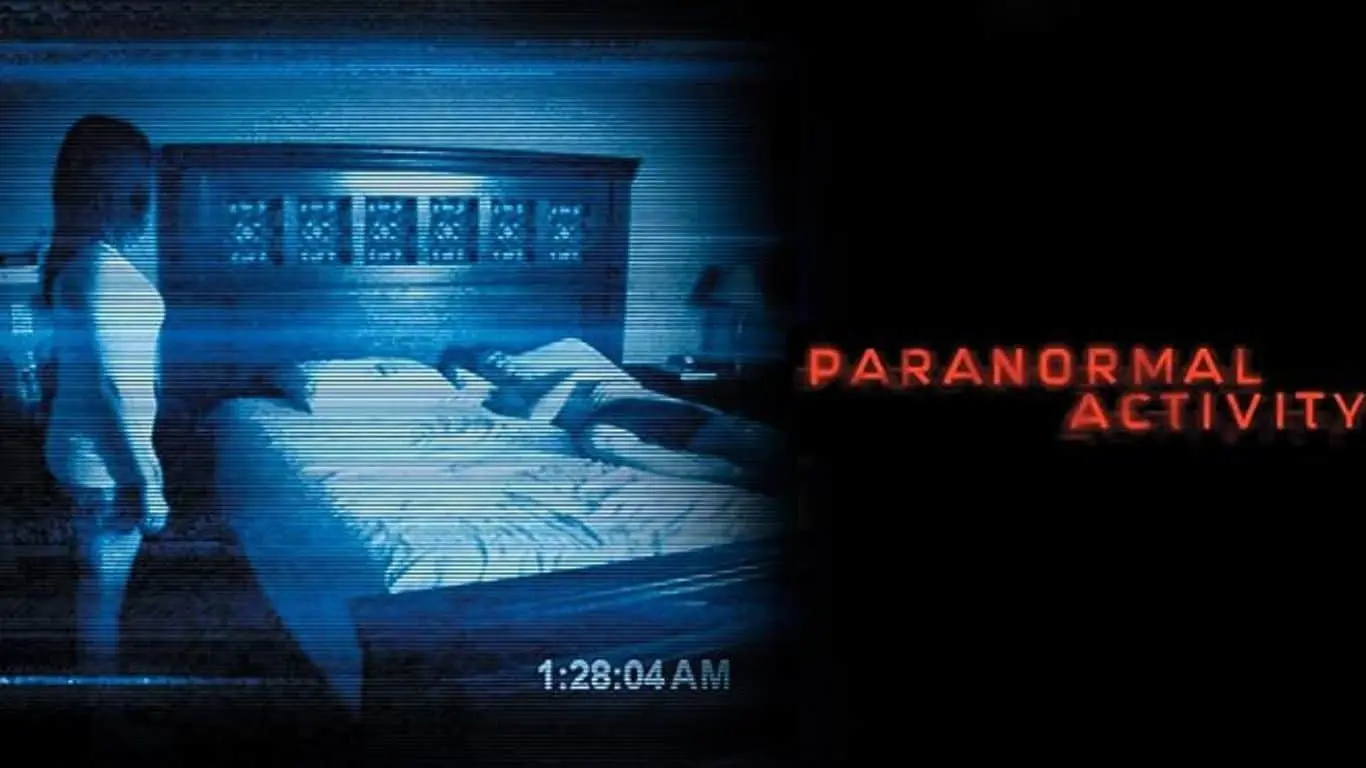
It is a groundbreaking entry in the horror genre that popularized the found-footage style for a new generation. Made on a shoestring budget, the film takes a minimalist approach to create an atmosphere of ever-increasing dread. It centers on a young couple, Katie and Micah, who set up cameras around their home to capture evidence of what appears to be a haunting. As the nocturnal disturbances escalate, it becomes apparent that they are dealing with something far more sinister than a mere ghost.
The film cleverly integrates elements of demonic possession and an informal attempt at exorcism, effectively blurring the lines between reality and the supernatural. Despite its lack of traditional exorcism rituals, “Paranormal Activity” manages to induce terror through subtlety and implication, relying on audience imagination to fill in the gaps. It became a commercial sensation and spawned a franchise, proving that effective horror doesn’t require big budgets or elaborate special effects, just a compelling story and the power of suggestion.
“Stigmata” (1999)
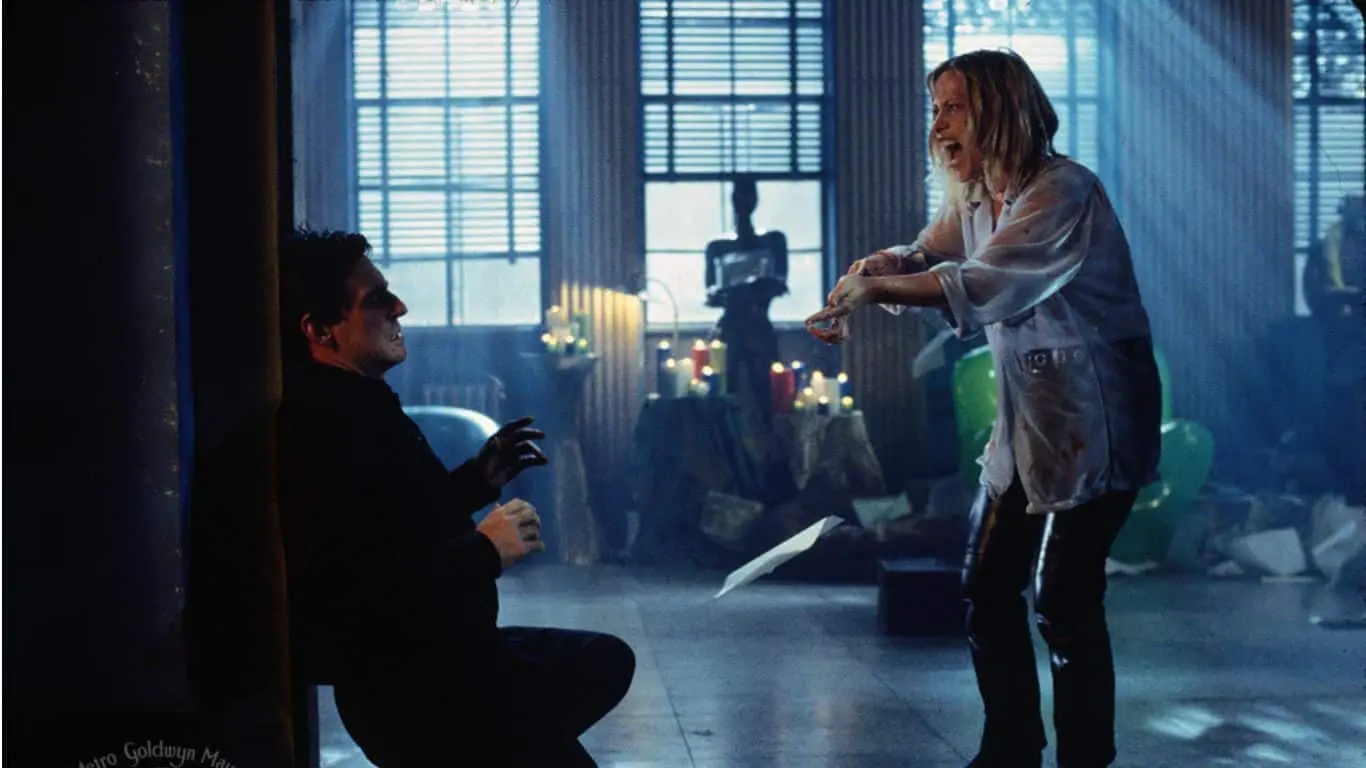
Starring Patricia Arquette as Frankie, a hairdresser who mysteriously receives the stigmata—wounds mirroring those of Christ’s crucifixion—the film delves into the realms of faith, church politics, and supernatural phenomena. Gabriel Byrne plays Father Kiernan, a Vatican investigator who is initially skeptical but grows increasingly concerned about Frankie’s well-being as the signs become too powerful to ignore. The movie combines elements of body horror with a conspiracy-driven plot, questioning institutional dogma while examining the personal costs of miraculous or cursed experiences.
‘The Pope’s Exorcist’ (2023)
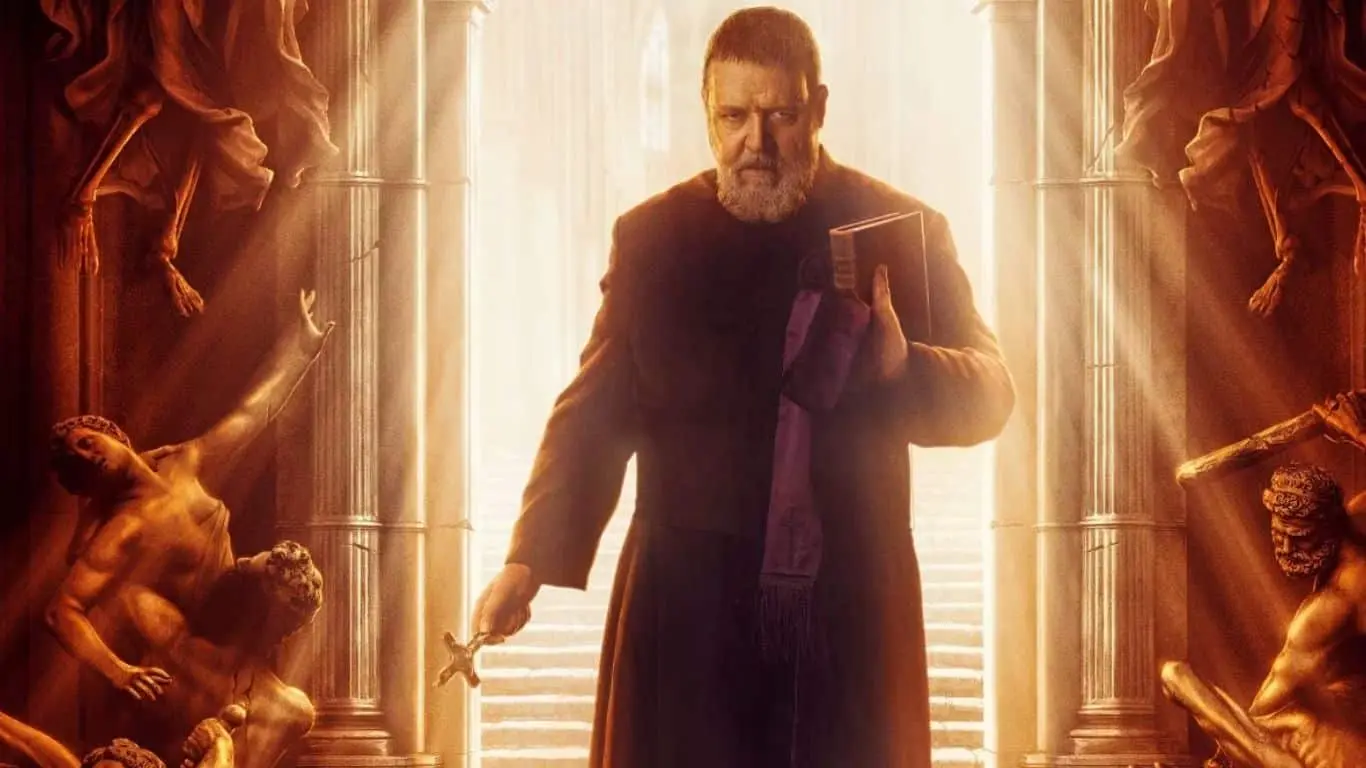
Based on the real-life memoirs of Vatican’s chief exorcist, Father Gabriele Amorth, the film starred Academy Award-winner Russell Crowe and delved deep into the hidden corridors of Vatican secrets while exploring the terror of demonic possession. While critically divisive, as is often the case with this genre, the film found a receptive audience, exceeding the expectations of seasoned horror aficionados. Crowe’s seamless transition into horror contributed significantly to the film’s appeal. Beyond scares and rituals, “The Pope’s Exorcist” ventured into conspiracy and intrigue, adding layers of complexity to the traditional exorcism narrative.
Also Read: Top 10 Acting Performances By Pro Wrestlers in Movies
